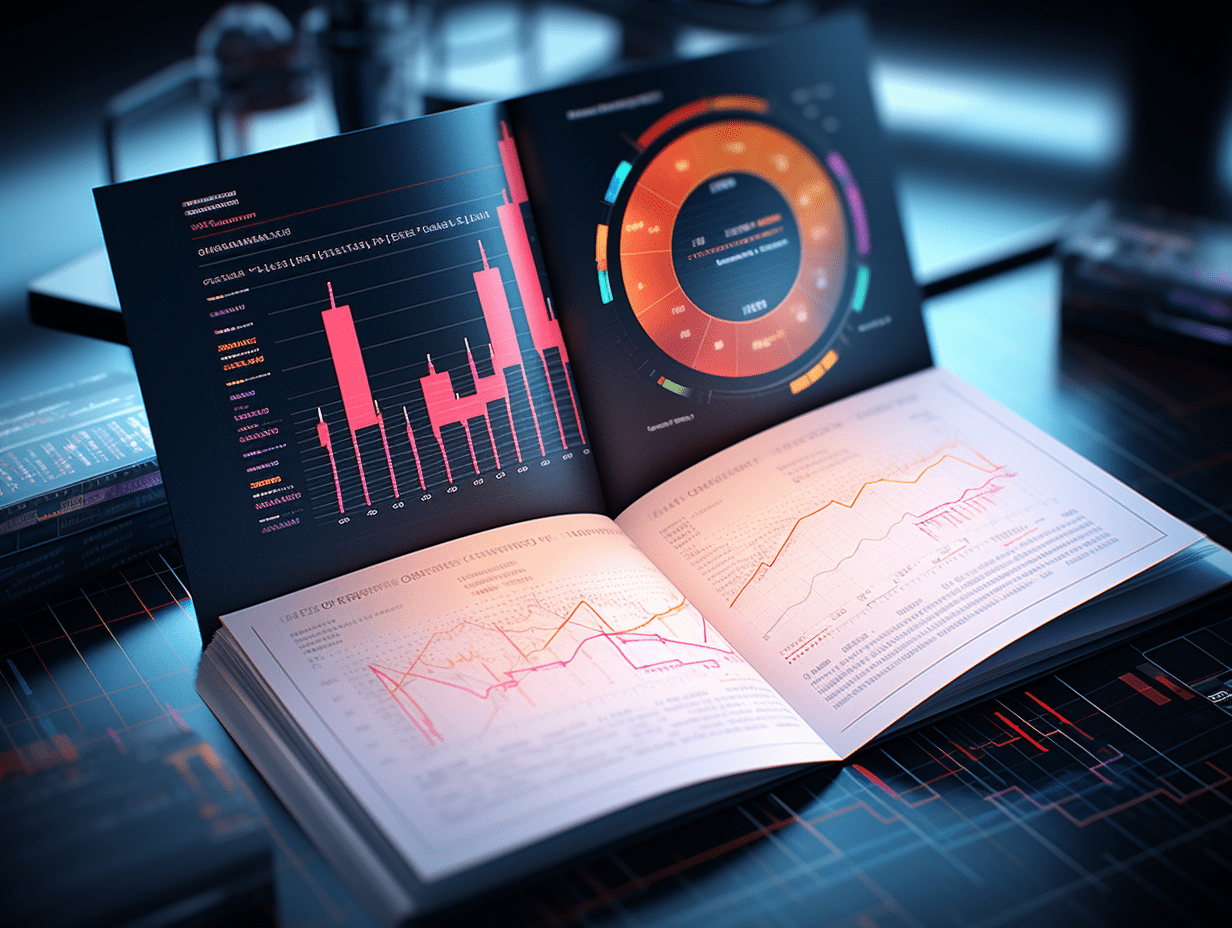GUOTAI JUNAN I: Why are gold and US Treasury bonds rising together amid the frenzy of "depreciation trading" in the US dollar?
The core game of the current market is to bet on which economic signal will ultimately dominate the decision of the Federal Reserve - whether to choose to cut interest rates to respond to potential recession, or be forced to tighten policy to suppress inflation? This is not only a point of divergence in the pricing logic of gold and US Treasuries, but will also determine the ultimate direction of major asset classes in the short term.
Guotai Junan I has released a research report stating that in the past 12 months, the price of gold has surged above $4,300, while at the same time, the US dollar exchange rate has continued to weaken. Discussions about "depreciation trades" in the market have become increasingly intense. However, despite the frenzy of "depreciation trades", the US Treasury market, which should be most sensitive to inflation risks, remains unusually calm, with its core long-term inflation expectations index still anchored steadily near the Federal Reserve's 2% target.
From the logic deduced from asset prices, the rise in gold essentially reflects the market's "vote of no confidence" in the future US dollar credit. In contrast, the performance of US Treasury bonds can be seen as a "vote of confidence" in policy credibility.
The core battle in the current market is about betting on which economic signal will ultimately dominate the Federal Reserve's decision - whether to choose a rate cut to address potential recession, or be forced to tighten policy to suppress inflation? This not only represents a divergence in pricing logic between gold and US Treasury bonds, but also will determine the ultimate direction of major asset classes in the short term.
The main viewpoints of Guotai Junan I are as follows:
In the past 12 months, the price of gold has surged above $4,300, while at the same time, the US dollar exchange rate has continued to weaken. The logic behind the rise in gold is not only due to concerns about the US addressing its massive debt problem through deficit monetization in the future, but also affected by escalating risk aversion due to global trade frictions and geopolitical tensions, as well as the increased attractiveness of gold as an interest-free asset after the Federal Reserve resumed rate cuts. The reassessment of US dollar credit continues to support the rising gold prices.
From the perspective of the US dollar, the US dollar index has fallen by nearly 10% from its high at the beginning of the year, and has been fluctuating in a low range for the past three months. The subsequent interpretation of the balance of power between bulls and bears will be the most important driving factor for the "depreciation trade" in the market. We believe that under the influence of multiple factors, the US dollar will continue its rebound facing resistance from above, but the market has already priced in the depreciation sufficiently. Judging from the trend of the US dollar index during Trump's two presidential terms, the probability of the US dollar continuing to fluctuate upwards is higher.
However, despite the frenzy of "depreciation trades", the US Treasury market, which should be most sensitive to inflation risks, remains unusually calm, with its core long-term inflation expectations index still anchored steadily near the Federal Reserve's 2% target. Looking ahead, the simultaneous escalation of domestic and external tensions in the United States, combined with the rising expectations of Fed rate cuts, will give investors enough reason to turn to safe-haven assets. The implied low point of the federal funds rate in the market may hit a new low within the year.
From the logic deduced from asset prices, the rise in gold essentially reflects the market's "vote of no confidence" in future currency credit, especially US dollar credit; in contrast, the performance of US Treasury bonds can be seen as a "vote of confidence" in policy credibility. Therefore, how gold, the US dollar, and US Treasury bonds will be interpreted under the influence of multiple factors requires investors to clearly differentiate between long-term risks and short-term realities. The core battle in the current market is about betting on which economic signal will ultimately dominate the Federal Reserve's decision - whether to choose a rate cut to address potential recession, or be forced to tighten policy to suppress inflation? This not only represents a divergence in pricing logic between gold and US Treasury bonds, but also will determine the ultimate direction of major asset classes in the short term.
Related Articles

HK Stock Market Move | BIOHEART-B (02185) surges over 6% with major shareholder Wang Li planning to increase holdings. The total amount is not expected to exceed 15 million Hong Kong dollars.

HK Stock Market Move | Yancoal Australia (03668) falls nearly 4% with third quarter coal production remaining stable compared to the previous quarter. Operational guidance for the year remains unchanged.

HK Stock Market Move | XUANWU CLOUD (02392) rose more than 14% in early trading. The company introduced Han Tang Ming Yuan strategic investment, transferring part of Xuan Tong's equity to focus on core business.
HK Stock Market Move | BIOHEART-B (02185) surges over 6% with major shareholder Wang Li planning to increase holdings. The total amount is not expected to exceed 15 million Hong Kong dollars.

HK Stock Market Move | Yancoal Australia (03668) falls nearly 4% with third quarter coal production remaining stable compared to the previous quarter. Operational guidance for the year remains unchanged.

HK Stock Market Move | XUANWU CLOUD (02392) rose more than 14% in early trading. The company introduced Han Tang Ming Yuan strategic investment, transferring part of Xuan Tong's equity to focus on core business.

RECOMMEND

Why European Automakers Are Opposing Dutch Sanctions
20/10/2025

Domestic Commercial Rockets Enter Batch Launch Era: Behind the Scenes a Sixfold Cost Gap and Reusability as the Key Breakthrough
20/10/2025

Multiple Positive Catalysts Lift Tech Stocks; UBS Elevates China Tech to Most Attractive, Citing AI as Core Rationale
20/10/2025


